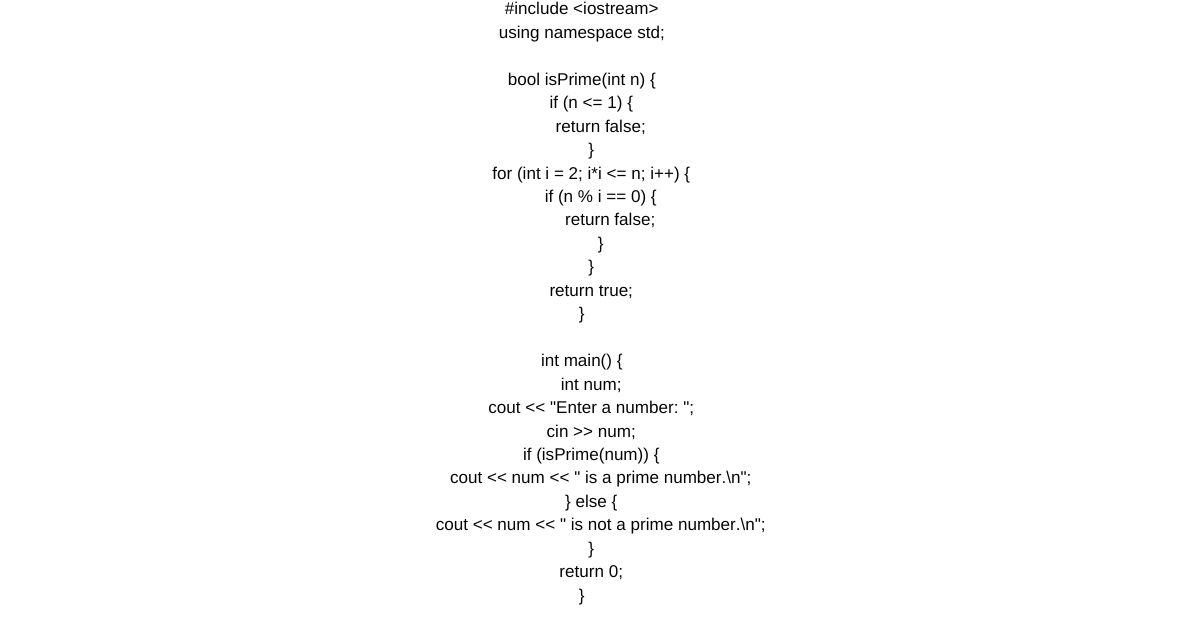The XNX cross-number matrix is a popular mathematical puzzle that requires problem-solving skills to complete.
The XNX cross-number matrix puzzle involves filling in a grid of squares with numbers. Each row and column must contain a set of digits that add up to a specific target number. Unlike Sudoku puzzles that use the numbers 1 to 9, the XNX cross-number matrix uses a set of numbers that add up to a specific target number.
To solve the XNX cross-number matrix puzzle, you must first identify the target number. The target number is located at the top of each column and to the left of each row. After identifying the target number, you must fill in the grid with numbers that add up to the target number.
Keep in mind that each number can only be used once in each row and column. This means that you need to be strategic in choosing the numbers to place in each square. You can use logic and deduction to eliminate possibilities until you find the correct number to place in a square.
Looking for patterns is a useful strategy when solving an XNX cross-number matrix puzzle. If you notice that two rows or columns have a similar pattern of numbers, you can use that information to deduce which numbers should be placed in each row or column.

Solving an XNX cross-number matrix puzzle has several benefits. First, it improves problem-solving skills by requiring logical thinking and deduction. Second, it enhances memory by requiring you to remember which numbers have already been used and which ones are still available. Finally, solving a challenging XNX cross-number matrix puzzle provides a sense of accomplishment and boosts self-confidence.
XNX cross-number matrix is a very challenging & rewarding puzzle that requires logical thinking and deduction to solve. By identifying the target number, using logic and deduction to eliminate possibilities, and looking for patterns, you can successfully solve an XNX cross-number matrix.
Solving an XNX cross-number matrix puzzle has several benefits, including improving problem-solving skills, enhancing memory, and providing a sense of accomplishment.
Example of an XNX cross number matrix:
+—+—+—+—+
| | | 3 | |
+—+—+—+—+
| | 4 | | |
+—+—+—+—+
| | | | |
+—+—+—+—+
| 2 | | | |
+—+—+—+—+
In this puzzle, the goal is to fill in the grid with the numbers 1 through 4, so that each row and each column contains each number exactly once. Additionally, the numbers in the diagonal cells (marked with a +) must form a valid multiplication equation.
The clues given in this example are:
The number in the upper-right corner is 3.
The number in the second row and the first column is 2.
The number in the second row and the second column is 4.
The diagonal cells contain a valid multiplication equation.
To solve the puzzle, we can start by filling in the numbers that we know based on the clues. We know that the upper-right corner must be 3, and the second row and first column must be 2. We can also deduce that the number in the third row and fourth column must be 1 since that is the only number left that hasn’t been used yet.
+—+—+—+—+
| | | 3 | |
+—+—+—+—+
| 2 | 4 | | |
+—+—+—+—+
| | | | 1 |
+—+—+—+—+
| 2 | | | |
+—+—+—+—+
Next, we can use the fact that each row and each column must contain each number exactly once to fill in some more squares. We know that the number in the second row and third column must be 1 or 3 since those are the only numbers left that haven’t been used yet.
However, we also know that the number in the third row and third column must be 4 since that is the only number left that hasn’t been used yet in that column. Therefore, we can deduce that the number in the second row and third column must be 1.
+—+—+—+—+
| | | 3 | |
+—+—+—+—+
| 2 | 4 | 1 | |
+—+—+—+—+
| | | 4 | 1 |
+—+—+—+—+
| 2 | | | |
+—+—+—+—+
Now, we can use the same logic to fill in more squares. We know that the number in the first row and third column must be 1 or 4 since those are the only numbers left that haven’t been used yet. However, we also know that the number in the first row and fourth column must be 2 since that is the only number left that hasn’t been used yet in that row. Therefore, we can deduce that the number in the first row and third column must be 4
+—+—+—+—+
| | | 3 | |
+—+—+—+—+
| 2 | 4 | | |
+—+—+—+—+
| | | | 1 |
+—+—+—+—+
| 2 | | | |
+—+—+—+—+
Next, we can use the fact that each row and each column must contain each number exactly once to fill in some more squares. We know that the number in the second row and third column must be 1 or 3 since those are the only numbers left that haven’t been used yet.
However, we also know that the number in the third row and third column must be 4 since that is the only number left that hasn’t been used yet in that column. Therefore, we can deduce that the number in the second row and third column must be 1.
+—+—+—+—+
| | | 3 | |
+—+—+—+—+
| 2 | 4 | 1 | |
+—+—+—+—+
| | | 4 | 1 |
+—+—+—+—+
| 2 | | | |
+—+—+—+—+
Now, we can use the same logic to fill in more squares. We know that the number in the first row and third column must be 1 or 4 since those are the only numbers left that haven’t been used yet. However, we also know that the number in the first row and fourth column must be 2 since that is the only number left that hasn’t been used yet in that row. Therefore, we can deduce that the number in the first row and third column must be 4
Thank you for Reading this “XNX” – Have a Wonderfull Night Ahead and also, read the Honeywell xnx transmitter
































Comment on “XNX – New Game Version of 2023-2024”
Comments are closed.